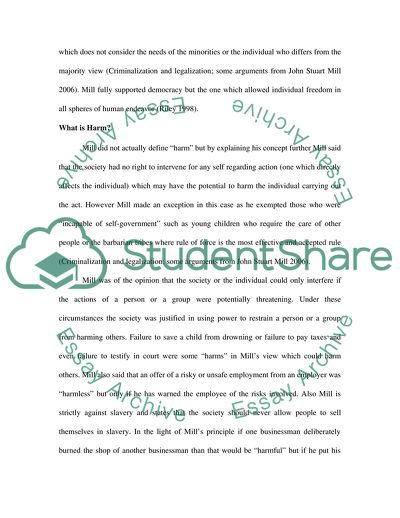Cite this document
(Mills Principle of Harm Essay Example | Topics and Well Written Essays - 2000 words, n.d.)
Mills Principle of Harm Essay Example | Topics and Well Written Essays - 2000 words. https://studentshare.org/law/1761877-criminology-tect-mill
Mills Principle of Harm Essay Example | Topics and Well Written Essays - 2000 words. https://studentshare.org/law/1761877-criminology-tect-mill
(Mills Principle of Harm Essay Example | Topics and Well Written Essays - 2000 Words)
Mills Principle of Harm Essay Example | Topics and Well Written Essays - 2000 Words. https://studentshare.org/law/1761877-criminology-tect-mill.
Mills Principle of Harm Essay Example | Topics and Well Written Essays - 2000 Words. https://studentshare.org/law/1761877-criminology-tect-mill.
“Mills Principle of Harm Essay Example | Topics and Well Written Essays - 2000 Words”. https://studentshare.org/law/1761877-criminology-tect-mill.


